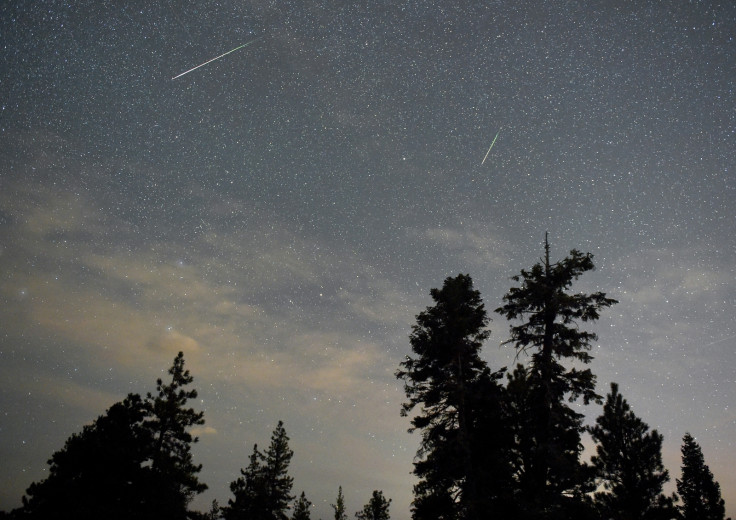November 2020 sky events: Guide to full moon, lunar eclipse, Taurids, Leonids meteor shower
The prominent features of the November night sky include a penumbral lunar eclipse and two above-average meteor showers.
As we go deeper into the winter season, the November 2020 night sky will light up with two major meteor showers and some other stunning sky events. This is a good time for sky gazers to enjoy some spectacular astronomical activity before the harsh winter arrives. Here is a brief guide to some of the major November 2020 sky events including the full moon, new moon, lunar eclipse, and meteor showers.
New moon
November 2020's new moon will rise on Nov. 15. The new phase of the moon begins as it appears like a slender crescent in the sky because it will be in conjunction with the sun. According to Sea Sky.org, this lunar phase will occur at 05:08 UTC. Also, it is said to be the best time to sky gaze and observe other celestial objects, the sight of which is usually interrupted due to moonlight.
Full moon
It is the final phase of the moon in the lunar cycle when it reaches its peak and it is located on the opposite side of the Earth as the sun. The November 2020 full moon is traditionally known as Beaver Moon and it will reach its peak at 09:32 UTC. The moon will rise near the stars of the Taurus and Aries constellation.
Penumbral lunar eclipse
On the same day as the full moon, prenumbral lunar eclipse will take place. It is a type of lunar eclipse when Sun, Earth, and the Moon are not in perfect alignment for a complete lunar eclipse. According to Space.com, the eclipse will visible from most of North and Central America, and northern Asia. The moon will reach its greatest eclipse at 9:44 UTC. It will begin at 7:32. 22 UTC and end at 11:53:26 UTC.
Meteor showers
November is the month of meteor showers. It will host two major shooting star events.
Northern Taurids meteor shower will reportedly peak on Nov. 12. Running through Oct. 19 to Dec. 10, the meteor shower will reach its greatest point in the northern hemisphere in mid-November and allow stargazers to enjoy 15 per hour shooting stars originating from Comet 2P/Encke. The best time to view the shower is said to be around midnight when the radiant point is in central Taurus.
Leonids meteor shower is yet another opportunity for stargazers to enjoy a shooting star activity. Running annually from Nov. 5 to Dec. 3, the shower will reach its peak on Nov. 17 when it will produce up to 20 meteors per hour. The best time to view it is before dawn when the radiant point is in Leo in the eastern sky.
Apart from the eclipse and meteor showers, Jupiter and Saturn will shine bright in the November sky.

© Copyright IBTimes 2025. All rights reserved.





















